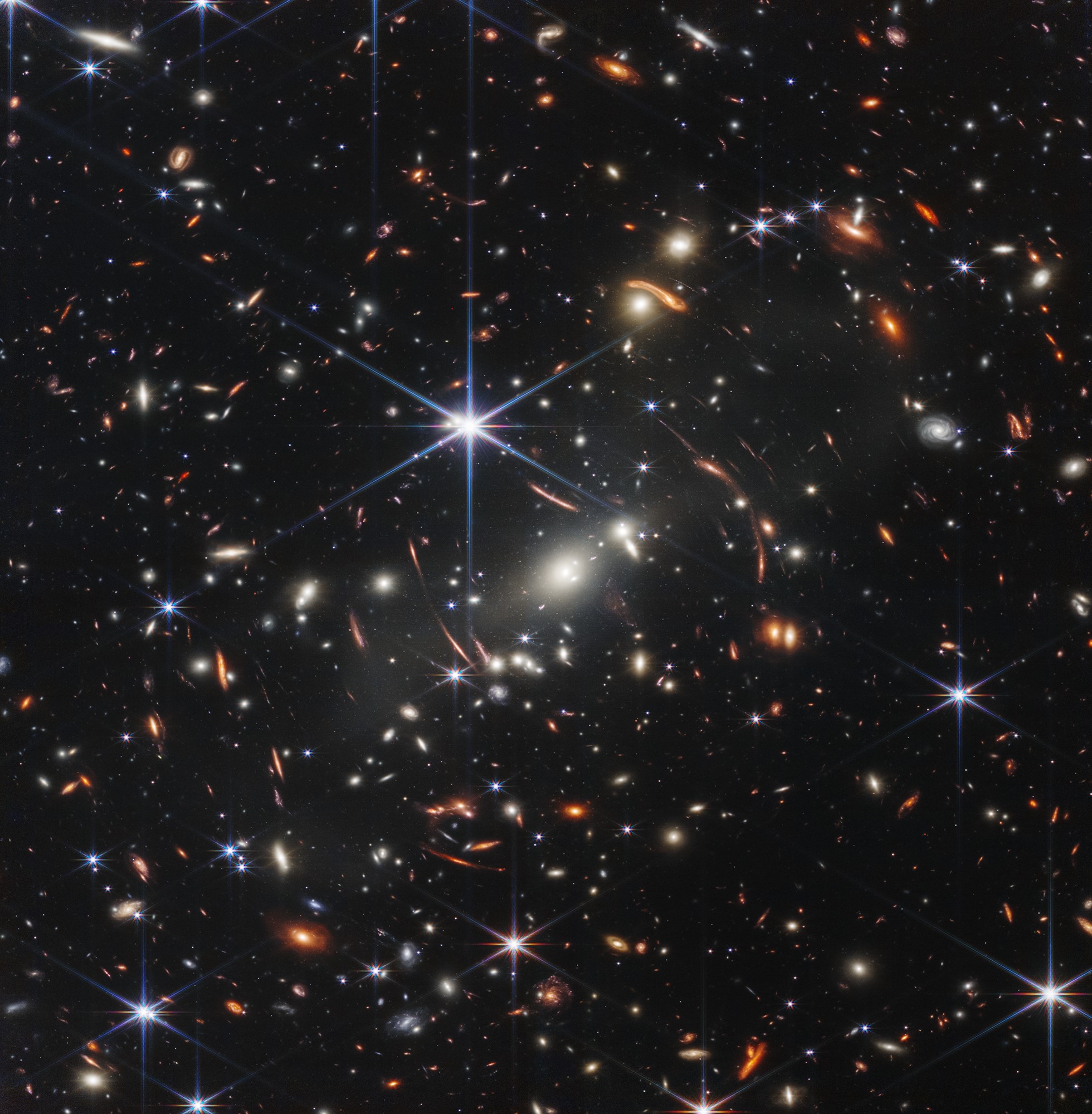
Listening to the silence: Investigating the interstellar medium in evolved galaxies across cosmic ages
24-06-2024
We know that among the stars visible in the sky with a telescope, we can also see galaxies. These collections of stars and planets, like our Milky Way, are places where stars are born and die. As seen from a distance, they appear in the form of disks or spirals, but it turns out that they did not always have this shape. The beginnings of the existence of galaxies in their present form will be examined by Krzysztof Lisiecki, MSc as part of a project financed by the National Science Center under the PRELUDIUM programme.
Starting from baryonic matter, including stars, dust, and gas, through mysterious dark matter, to gravitational and electromagnetic interactions, galaxies encompass a vast majority of the physical processes known to modern science. Simultaneously, they are a crucial aspect of contemporary astronomy due to their relation to the evolution of the entire Universe. For this reason, investigating their formation, evolution, and the circulation of matter within these systems is of fundamental importance.
Observations confirmed by theoretical models show that dust and the entire interstellar medium accumulated within a galaxy are essential factors shaping its evolution. From the formation of molecular clouds to the significant influence on star formation and the absorption of high-energy electromagnetic radiation, galaxies as we know them could not exist without dust. However, modelling and studying galaxies based on observations are challenging due to the mentioned absorption of ultraviolet light by dust. By absorbing a significant portion of the radiation produced by young and massive stars and then reemitting it in the infrared, dust shifts the energy spectrum of the galaxy towards longer wavelengths. Until recently, studying the interstellar medium, including dust, in the young Universe was very challenging due to insufficient infrastructure.
However, the recent launch of the James Webb Space Telescope may shed new light on these previously unnoticed infrared-quiet galaxies. Until recently, it was believed that the majority of these passive galaxies were elliptical. However, recent analyses indicate that galaxies in the young Universe may have looked and behaved slightly differently than previously assumed. Therefore, conducting large surveys using state-of-the-art instruments from the aforementioned space telescope can shed new light on many aspects of galaxy evolution. This ranges from the dust content in the interstellar medium in the early Universe to the relationships between star-forming activity and morphology, as well as the influence of the environment on galaxy evolution.
In this project – Krzysztof Lisiecki describes - we intend to utilize the latest data from the James Webb Space Telescope, which, in conjunction with other observations, including those from the Hubble Space Telescope, will help us understand the global dependencies of galaxy and interstellar medium evolution, particularly with regards to dust. Our goal is to uncover the origins of galaxies as they exist today.
Congratulations!
oprac. Krzysztof Petelczyc




